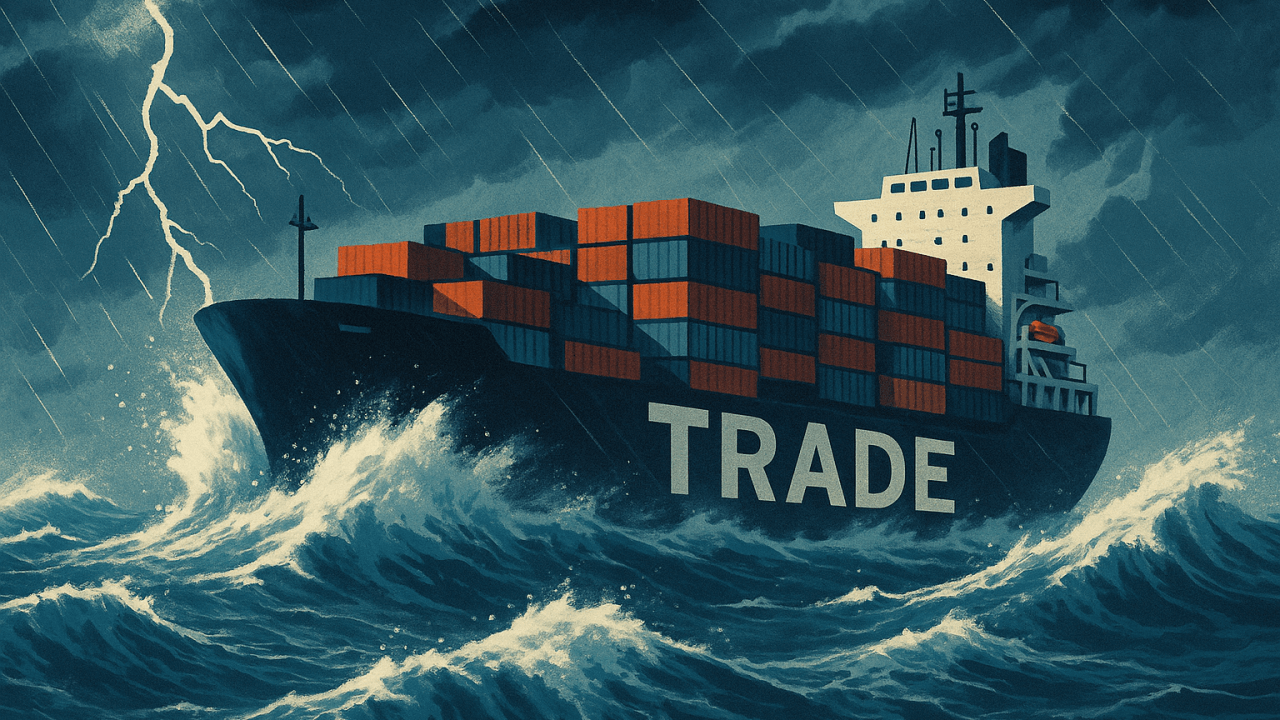Export control professionals often ask, “Am I overreacting, or are the rules changing faster than ever?” You’re not imagining it. The graphic below tracks every Federal Register entry tied to either the Export Administration Regulations (EAR) or the International Traffic in Arms Regulations (ITAR) since 2017. Quarterly totals that once hovered in the teens now regularly pass 60 notices per quarter—and that count doesn’t even touch Office of Foreign Assets Control (OFAC) actions or Customs & Border Protection (CBP) tariff‑related measures.

Why keeping up feels impossible
Even seasoned teams struggle to digest the torrent of updates, amendments, and guidance. Five pressure points capture the day‑to‑day pain:
- Volume overload. Dozens of relevant regulatory notices, actions, and guidance hit every month; parsing which ones matter to your SKUs and markets is a manual slog.
- Effective-date gymnastics. Notices publish today, take effect next week, and sometimes apply immediately – or even retroactively – forcing compliance calendars to spin like slot machines.
- Unclear impact. A new ECCN or USML sub‑paragraph sounds ominous, but how do you know which BOMs, pending shipments, or in‑house technologies it actually touches?
- Increasing complexity.Even putting the sheer volume of regulatory activity aside, each new rule gets more and more complex, adding ever-increasing complexity to compliance operations. Semiconductor and cybersecurity item rules, AI‑diffusion controls, and the avalanche of new license exceptions, anyone?
Knowledge drain compounds the problem. Knowledge drain and scarcity of available compliance professionals makes these challenges even sharper. When seasoned compliance operators depart, institutional memory scatters across PDFs and email folders at best (and into the aether more often), making it even harder for new team members to spot what matters.
—
A systematic response—powered by Trade Compliance Workbench
Ad‑hoc inbox alerts and shared‑drive PDFs can’t keep pace with today’s rule velocity and complexity. TCW’s Knowledge Management module offers a structured, real‑time alternative:
1. Configurable alert feeds. Filter BIS, DDTC, OFAC, and CBP notices and actions by keyword, regime, or commodity so the noise drops and the signal stays.
2. Surface company-specific impact. TCW evaluates every rule change against your products, technology, and business, flagging the most impactful developments for your business.
3. Conversational assistant “ALex” (coming soon). Ask natural‑language questions—find regulations, internal policies, or past rulings in seconds.
4. Curated compliance library. Forms, templates, and authoritative guidance organized by regime and topic—ready when you are. Industry best pactices – always at your fingertips!
5. Centralized policies & work instructions. One up-to-date source of truth, accessible at the point of decision, so all parts of the organization (Engineering, Sales, and Logistics) act on the same playbook.
Behind the scenes, TCW’s regulatory engine “bakes in” new classifications, thresholds, and agency guidance automatically, so the knowledge base stays evergreen without nightly PDF hunts. What was once a tedious—and often elusive—task of keeping the entire business up to speed now runs in a systematic, methodical cadence.
—
The bottom line
Regulatory momentum isn’t slowing; the bar keeps rising. Organizations that cling to spreadsheets and inbox alerts will spend more time catching up than complying and shipping product. Trade Compliance Workbench replaces that uncertainty with a living knowledge engine—so you can absorb upcoming and new rule changes before they trigger tomorrow’s fire drill.


